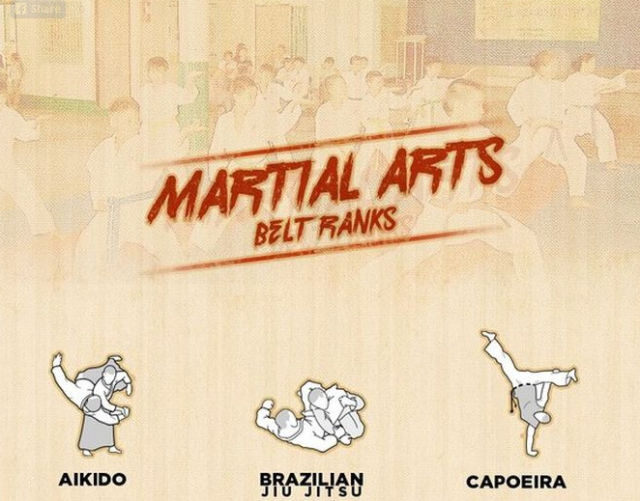The History And Viewpoint Of Fighting Style: A Deep Dive
The History And Viewpoint Of Fighting Style: A Deep Dive
Blog Article
Short Article Developed By-Ryberg Patterson
Step into the old world where martial arts were substantiated of necessity in varied areas. Societies crafted distinct combating styles linked with historic contexts. Methods advanced over centuries with devoted practice and social exchanges. Today, modern-day martial arts mix typical components for optimal efficiency. Philosophically, martial arts stress discipline, self-improvement, and consistency. Regard, humility, and balance are fundamental principles directing professionals towards development and durability. Discover click the up coming web site of this rich background and viewpoint to discover the profound impacts shaping this enduring technique.
Beginnings of Fighting Style
Martial arts came from various areas around the world, developing as functional fight systems to resist dangers. These ancient fighting styles were created out of necessity, with each society crafting techniques matched to their unique atmospheres and difficulties. From the grappling arts of Jujutsu in Japan to the striking strategies of Martial art in China, martial arts were deeply linked with the historic, social, and cultural textile of their corresponding societies.
In Japan, the samurai course polished martial arts like Kenjutsu, the art of the sword, which later on advanced right into the extra popularized type of Kendo. Meanwhile, in Brazil, Capoeira emerged as a mix of dance and battle, created by enslaved Africans as a means to resist injustice. Each fighting style carries with it an abundant history and viewpoint, showing the values and ideas of the people who practiced them.
As you delve into the origins of martial arts, you reveal a tapestry of human resourcefulness, strength, and the unrelenting spirit of warriors throughout time.
Development of Techniques
Via centuries of practice and improvement, battle techniques within numerous martial arts have actually undertaken a profound advancement. From old designs like Kung Fu and Martial arts to more modern-day disciplines such as Brazilian Jiu-Jitsu and Krav Maga, the evolution of methods has been driven by a combination of cultural influences, useful applications, and technical improvements.
One significant aspect of this development is the cross-pollination of methods in between different martial arts. As an example, strategies from typical Japanese Jiu-Jitsu were incorporated right into the production of Judo by Jigoro Kano in the late 19th century. This mixing of designs has led to the development of crossbreed martial arts like Mixed Martial Arts (MMA), which combine aspects of striking, grappling, and entry strategies.
Additionally, the evolution of methods has actually been shaped by the increasing emphasis on effectiveness and effectiveness in combat. Practitioners have continually looked for to improve their techniques with rigorous training, trial and error, and competitors, resulting in the growth of extremely specialized and efficient fighting designs. Generally, the evolution of methods in martial arts mirrors the dynamic nature of fight and the continuous mission for renovation and development.
Philosophical Structures
Discovering the underlying thoughtful principles of martial arts supplies understanding right into their core values and guiding beliefs. At the heart of many martial arts techniques is the concept of self-control itself. By training your body and mind to function as one natural device, you cultivate technique that extends beyond the dojo or gym right into daily life. This technique incorporates regard, humility, and self-control, forming not just your physical abilities however also your personality.
click the up coming internet site in martial arts is the idea of constant self-improvement. The journey of understanding a fighting style is relentless, with experts frequently making every effort to far better themselves, both physically and emotionally. This concentrate on development cultivates strength, willpower, and a development state of mind that can be related to all aspects of life.
Additionally, martial arts emphasize the importance of harmony and equilibrium. Strategies are developed to use an opponent's power against them, highlighting the principle of generating and rerouting force rather than satisfying it head-on. This philosophy reaches interpersonal connections, advertising relaxed resolutions and good understanding. By embracing these thoughtful structures, martial musicians not just improve their combat skills however also grow a way of life fixated individual development, respect, and harmony.
Conclusion
In conclusion, the background and philosophy of martial arts use an abundant tapestry of custom, self-control, and self-improvement.
Take for example the story of Bruce Lee, that reinvented martial arts by mixing different styles and viewpoints to create his own one-of-a-kind type of Jeet Kune Do.
Via devotion and development, martial musicians continue to press limits and inspire others to reach their full potential both in fight and in life.
